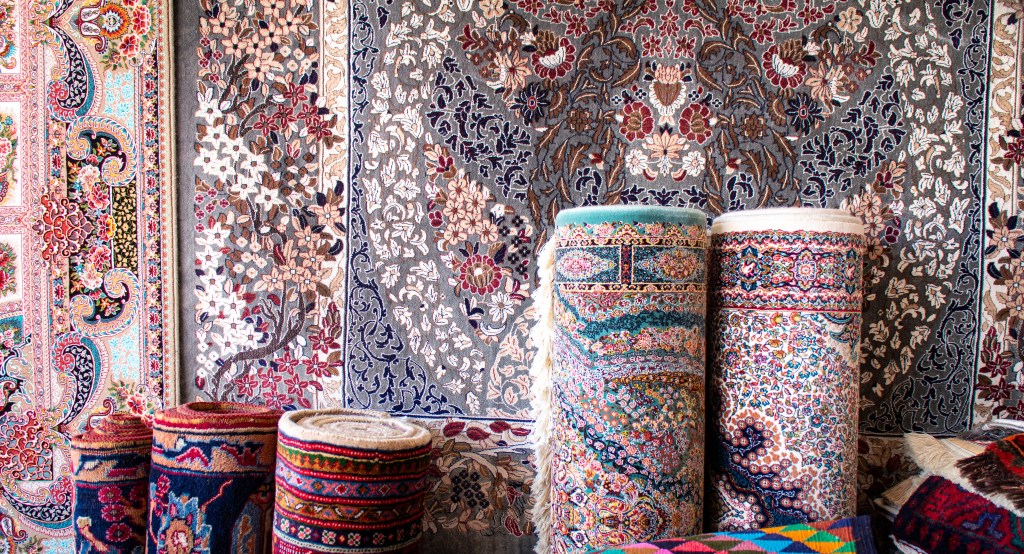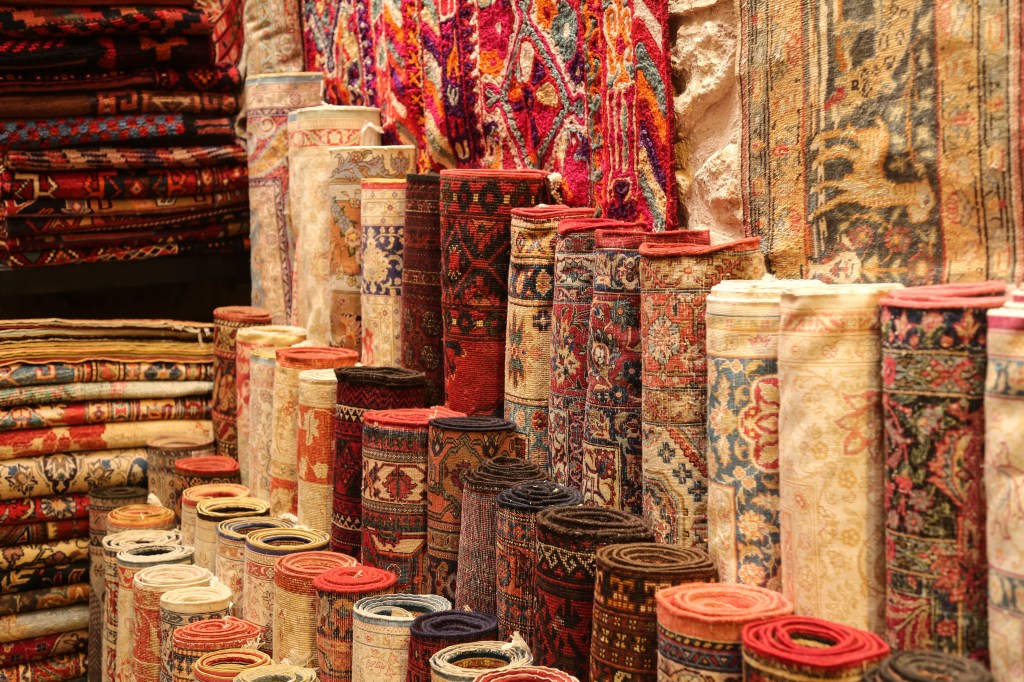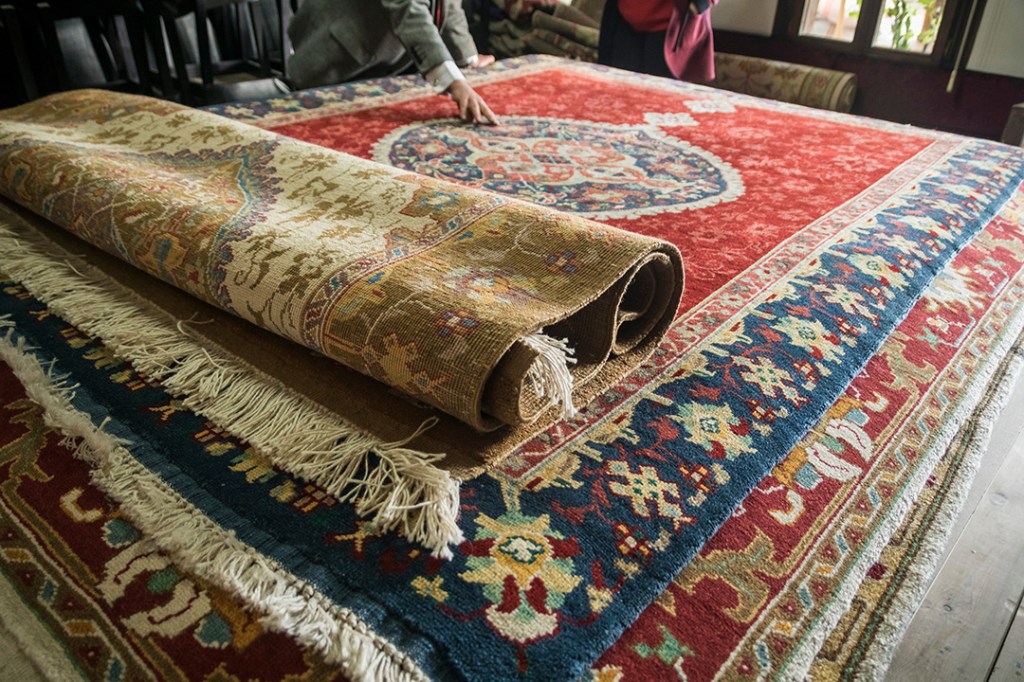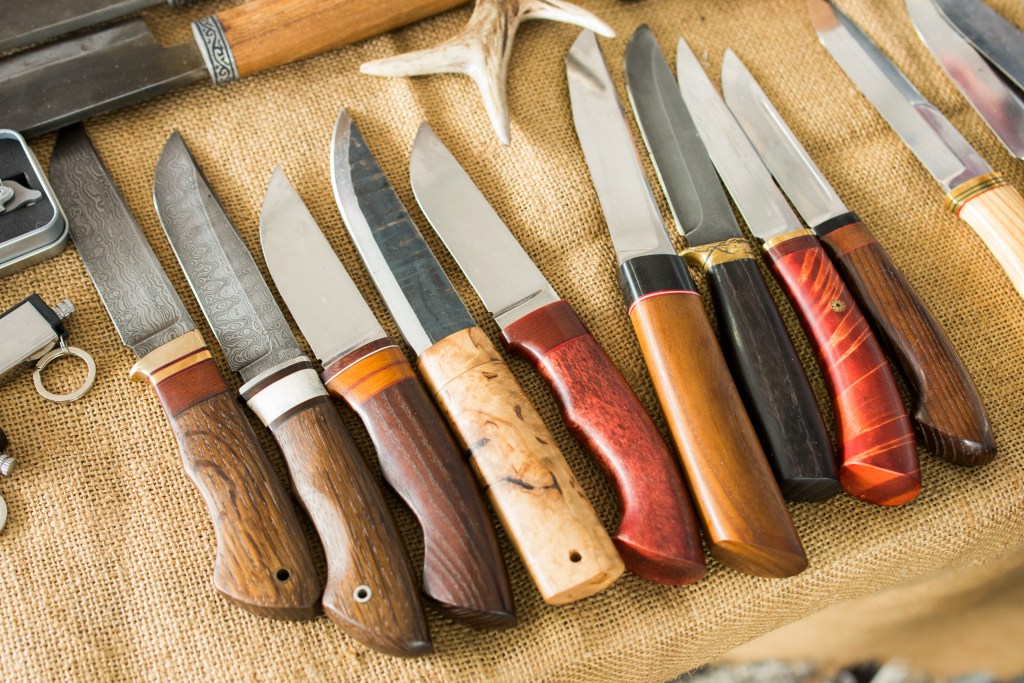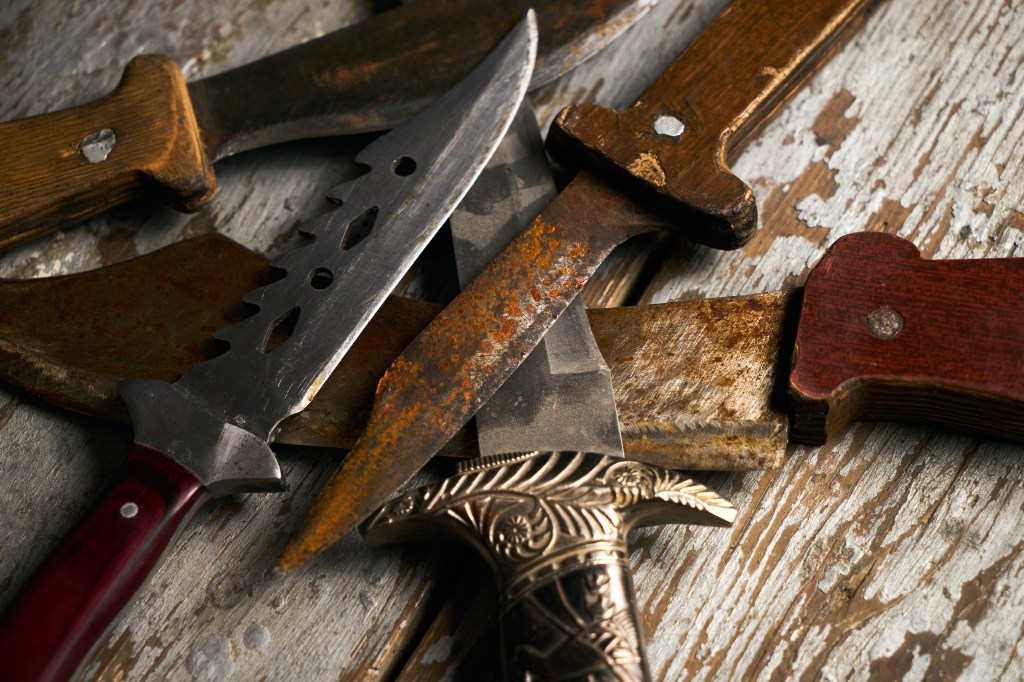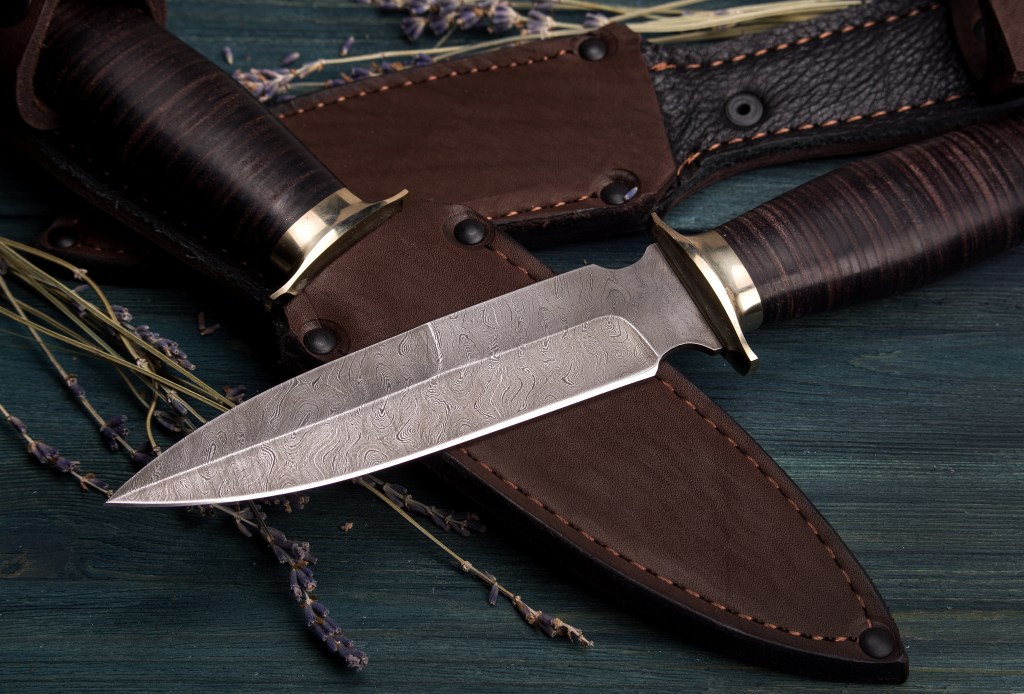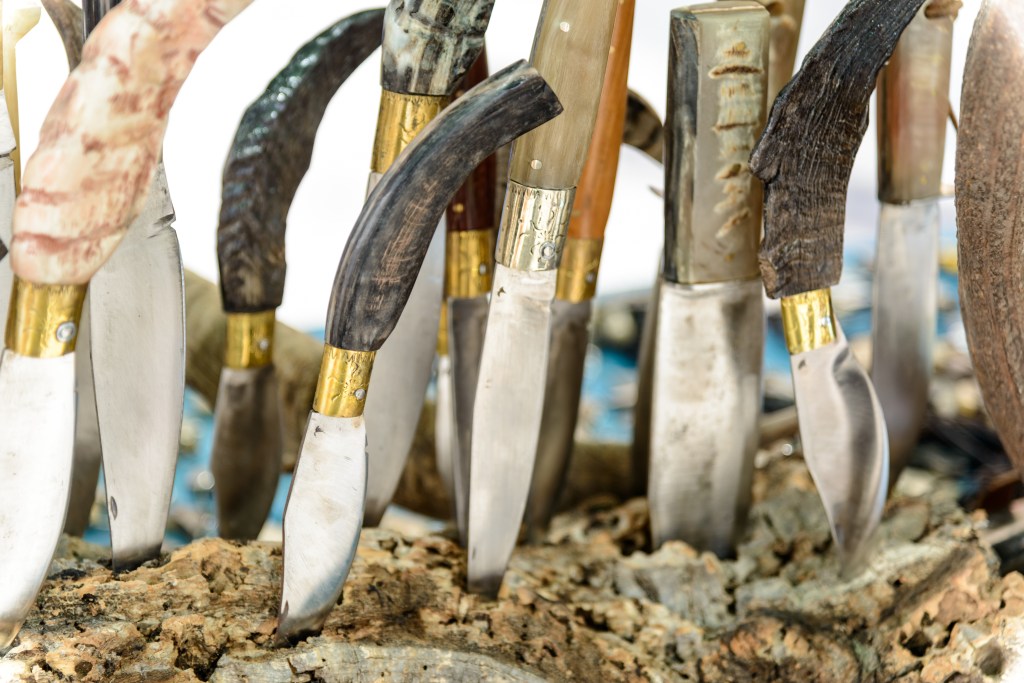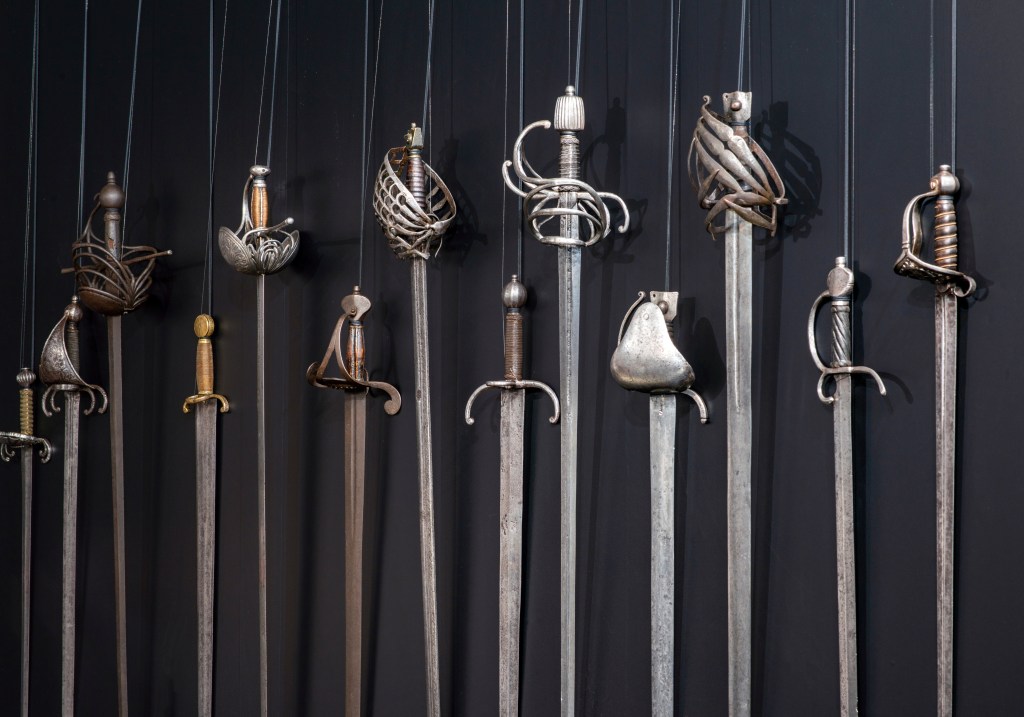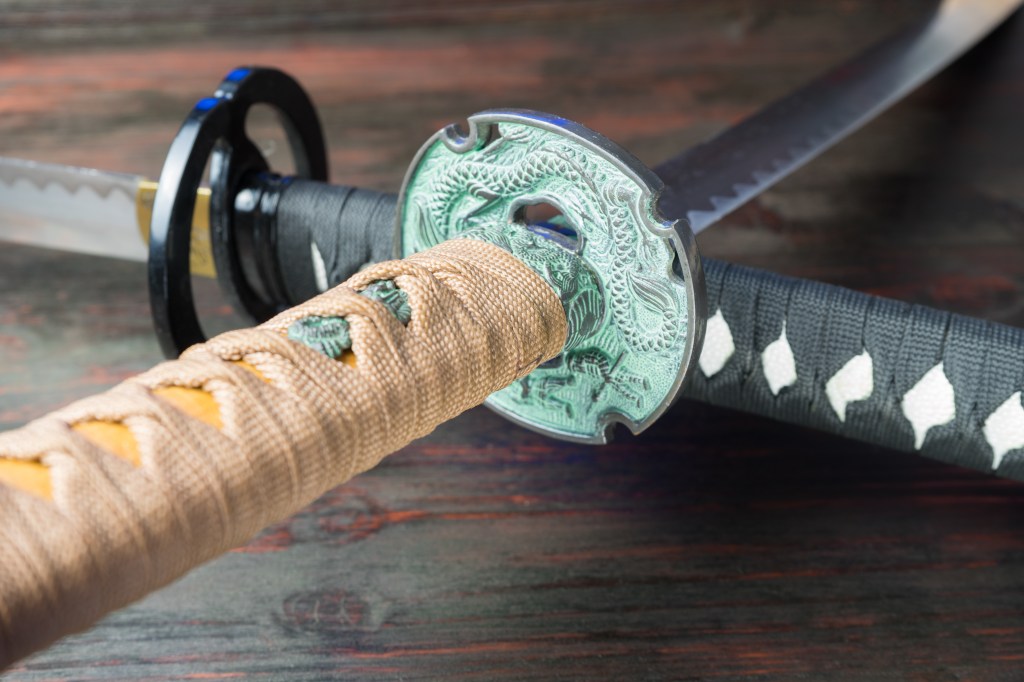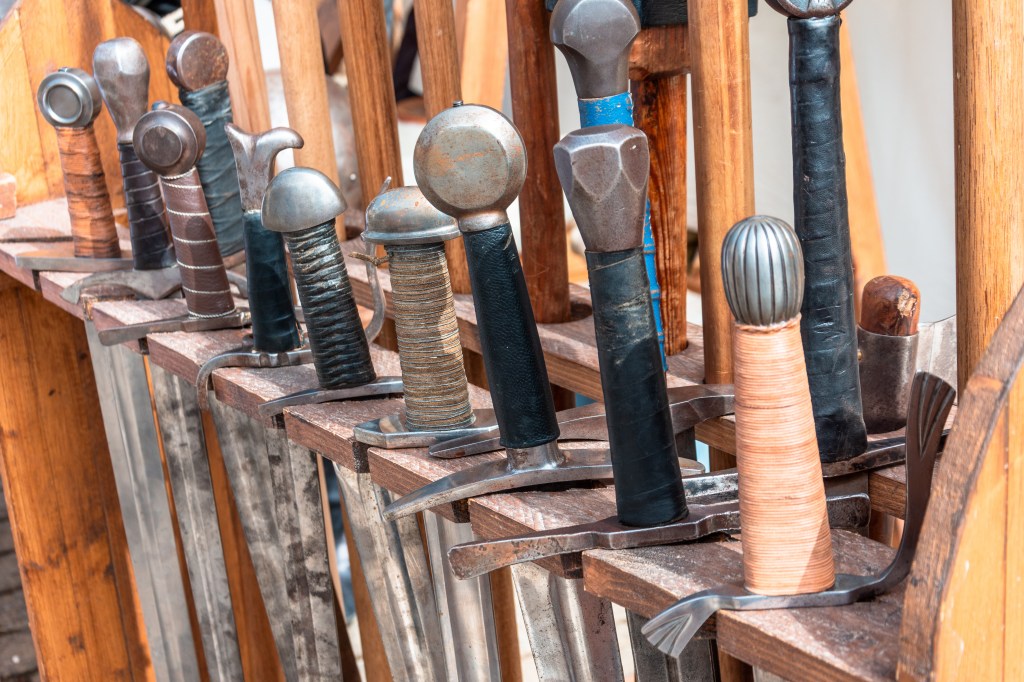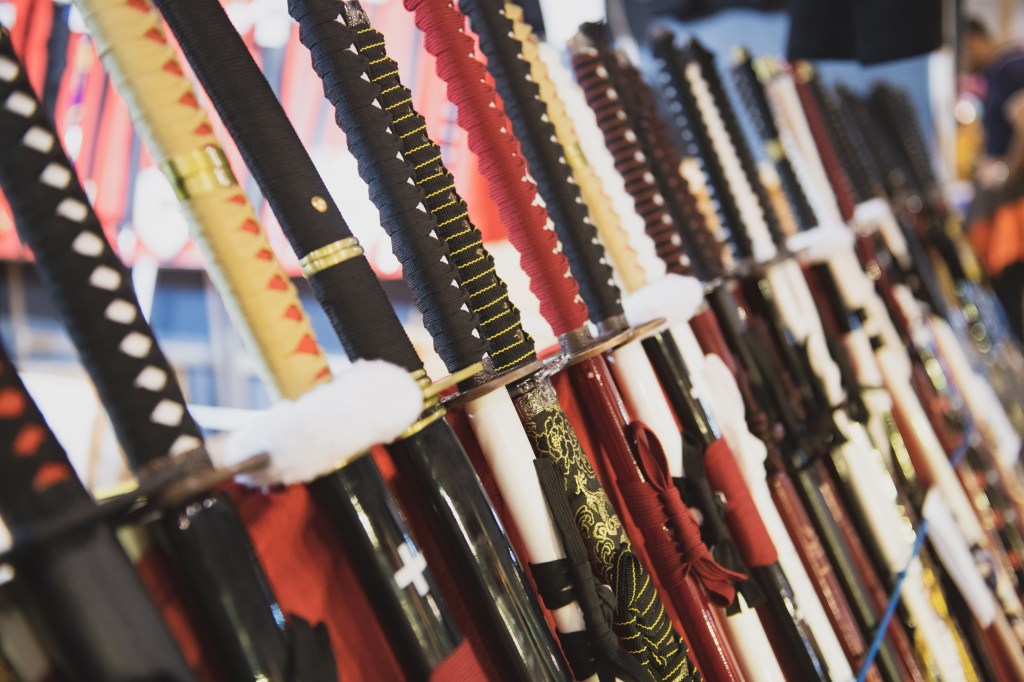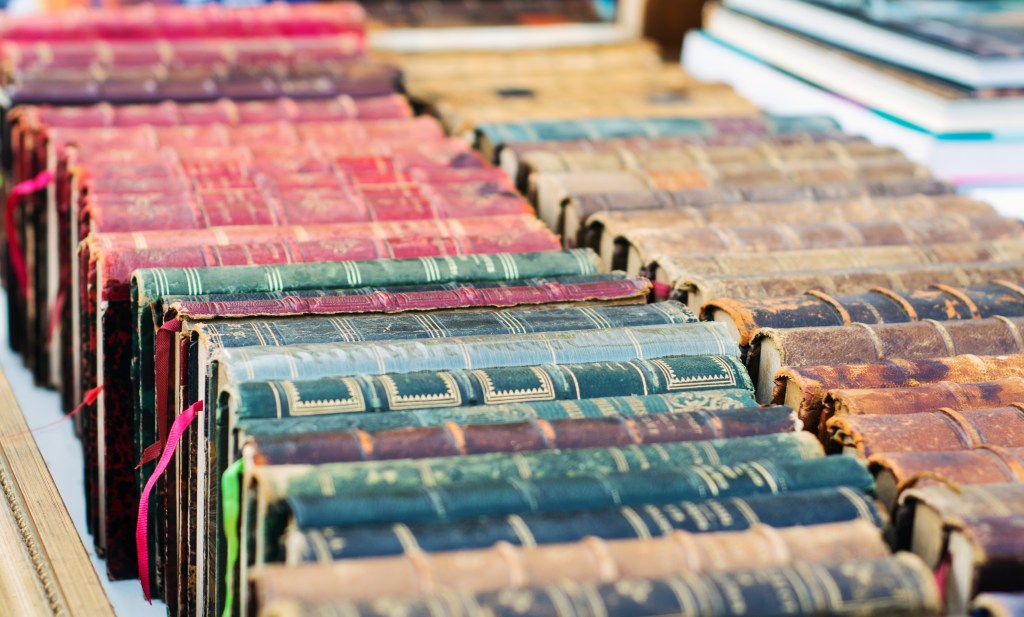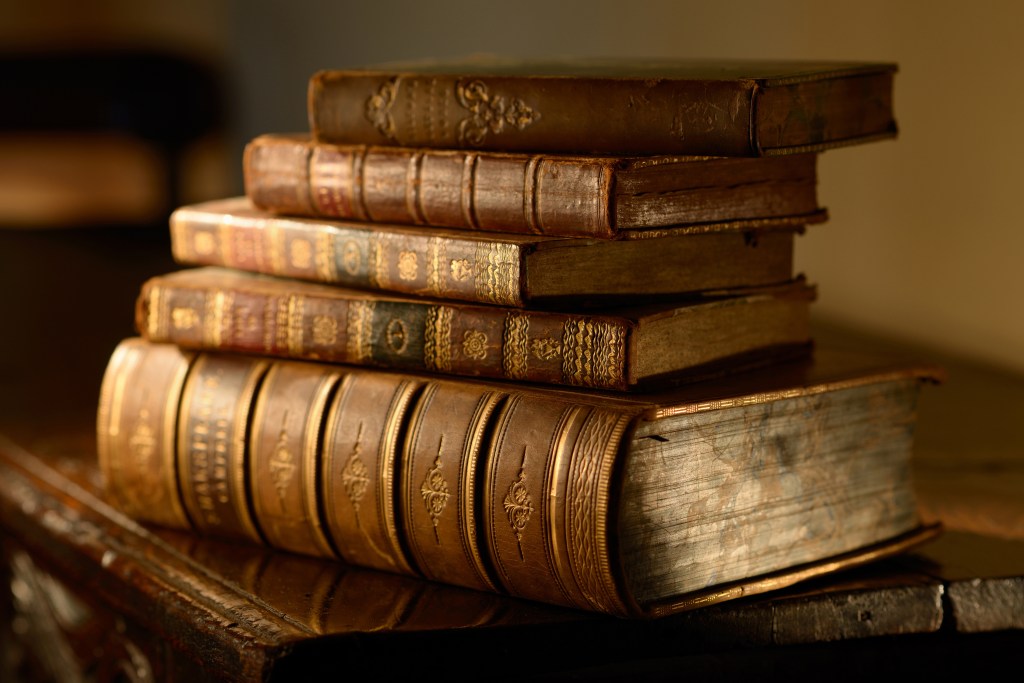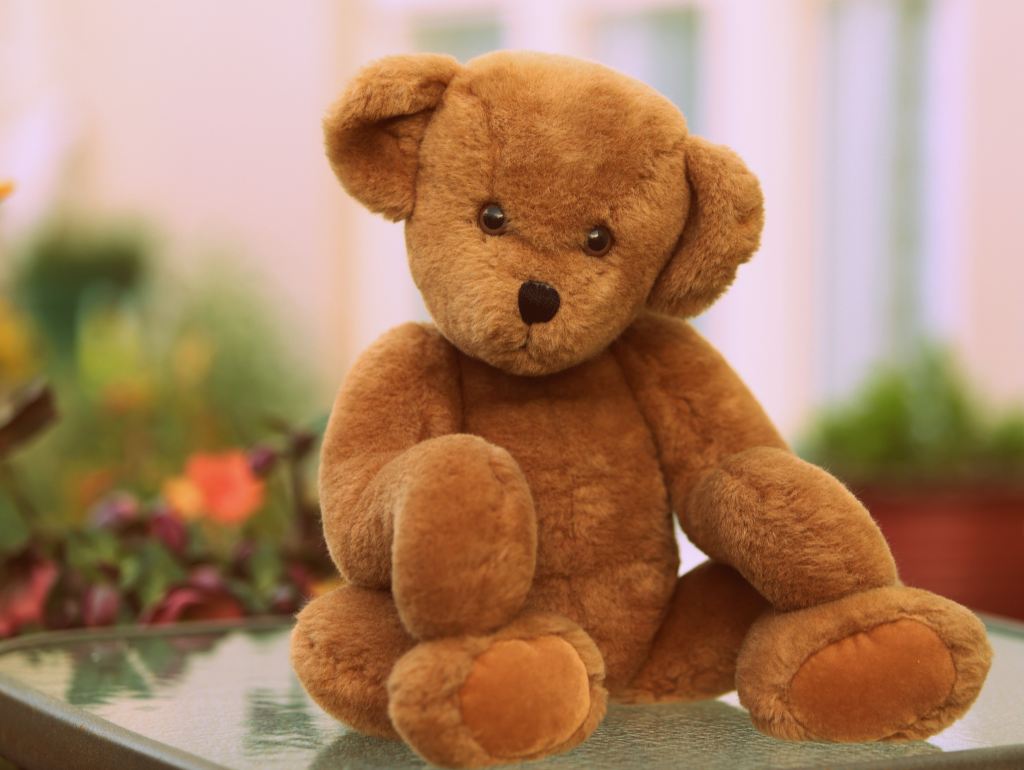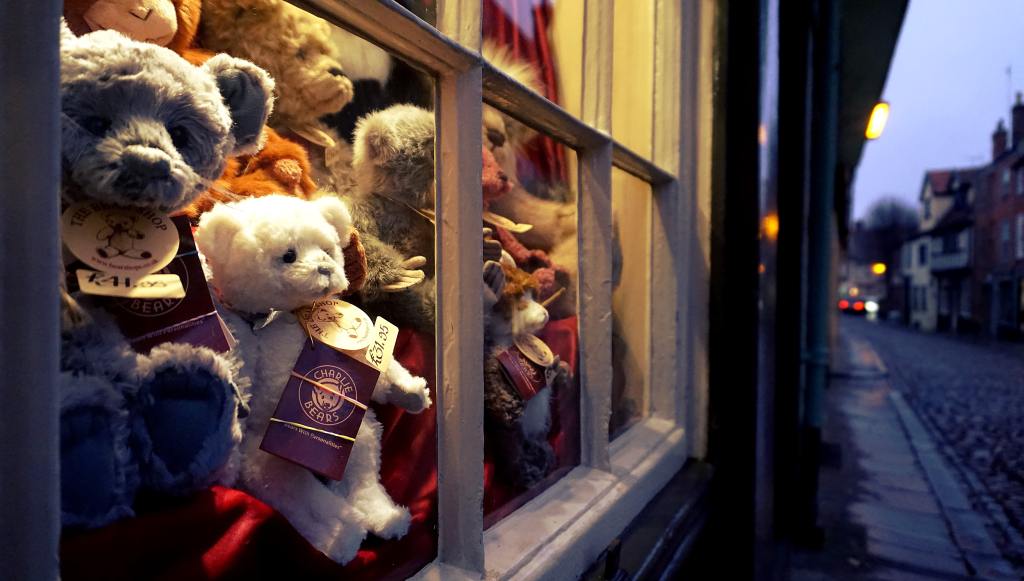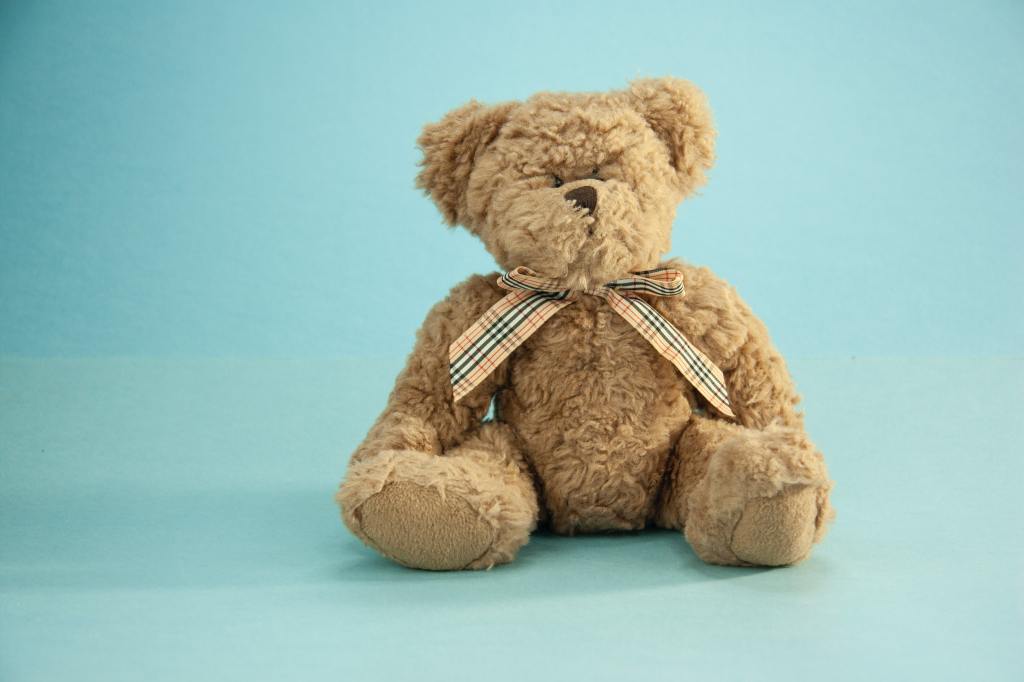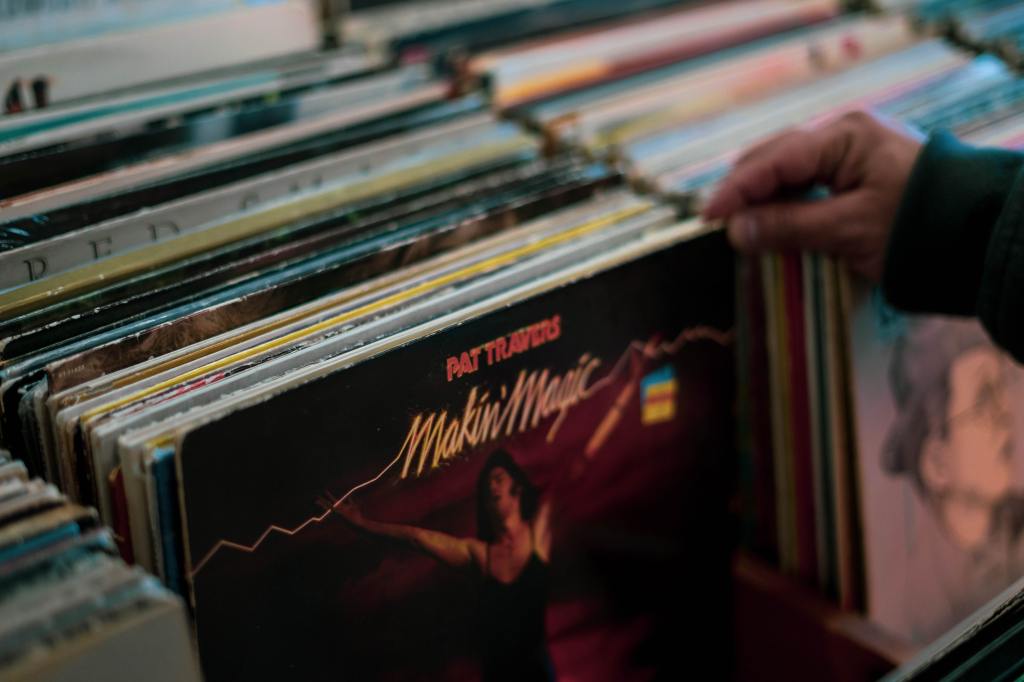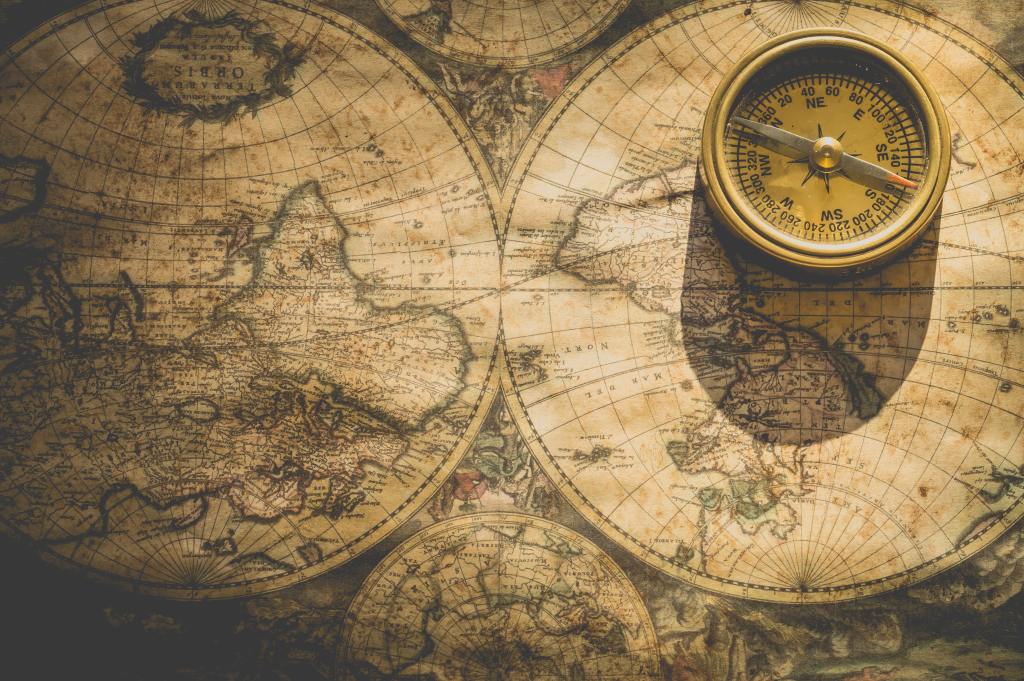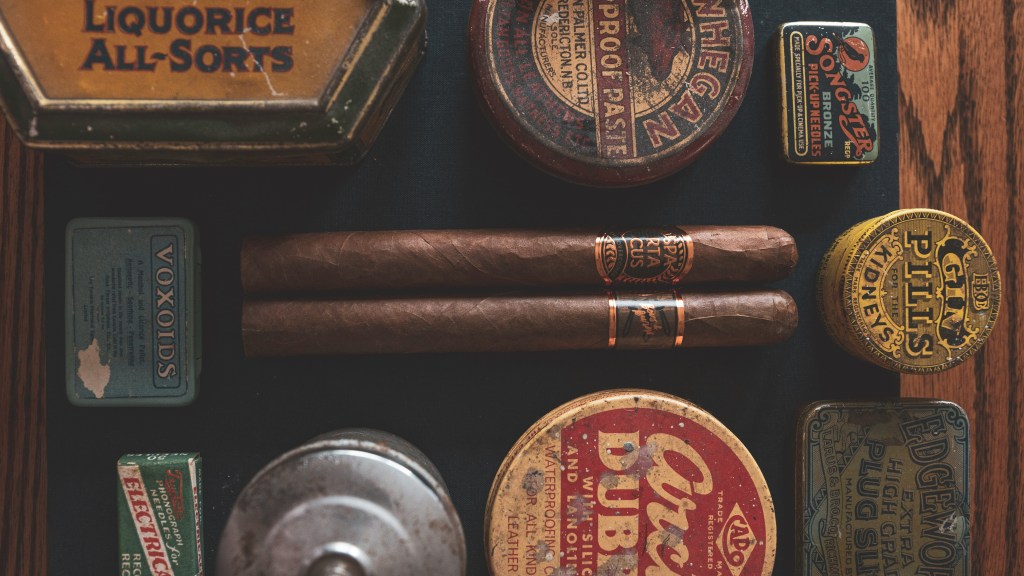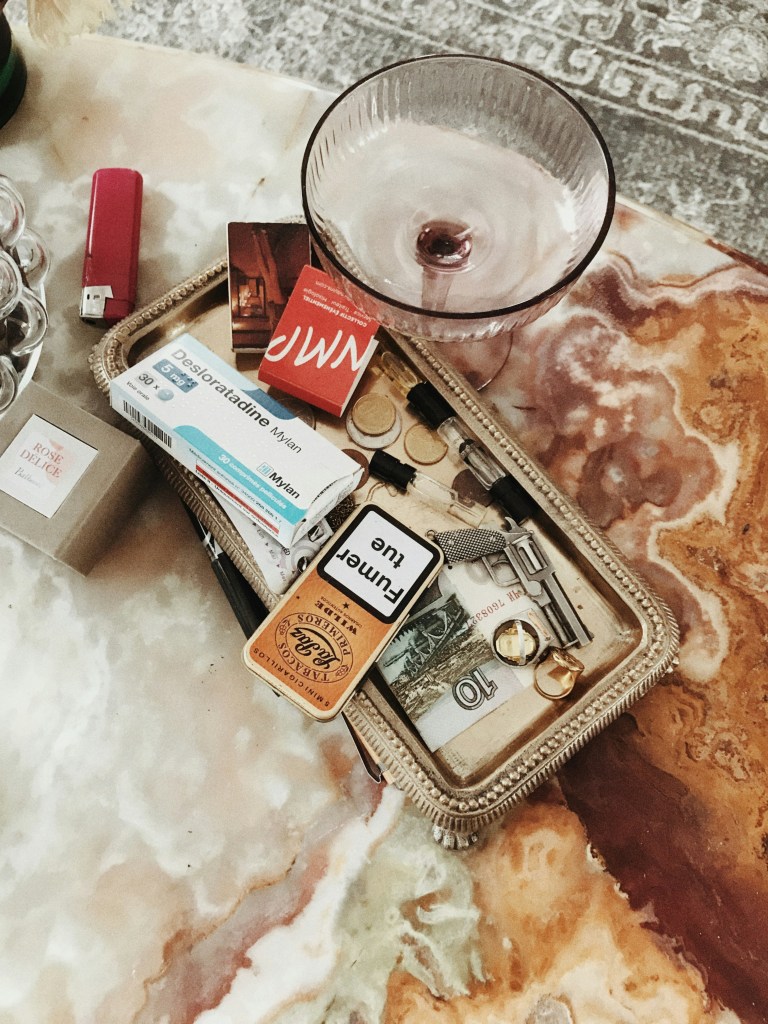Introduction to Collecting Taxidermy
Dive into the fascinating realm of taxidermy collecting, where art, history, and nature intersect. This unique hobby showcases the skill and precision of taxidermy art and offers a glimpse into the past, preserving the beauty of creatures for future generations to admire.
Taxidermy encompasses preserving the natural world, ranging from insects like butterflies to aquatic animals like frogs, fish, and reptiles, as well as avian species, including birds and their feathers. Some collectors even focus on preserving the skulls of animals, their antlers or horns. Hunters often choose to protect their kills to commemorate their success and showcase their trophies. Some hunters may prefer to keep only the skull or antler of an animal, while others may opt for a full-body mount. Typically, hunters preserve their kills as a hunting trophy and display them accordingly.
Other enthusiasts collect taxidermy for natural history and display it in museums or private collections, often seeking pieces from famous taxidermists such as Peter Spicer, Rowland Ward, Walter Potter, and Henry Ward.
Whether you’re a seasoned collector or new to the world of taxidermy, there’s always something fascinating to discover within this blend of natural history and artistic craftsmanship.
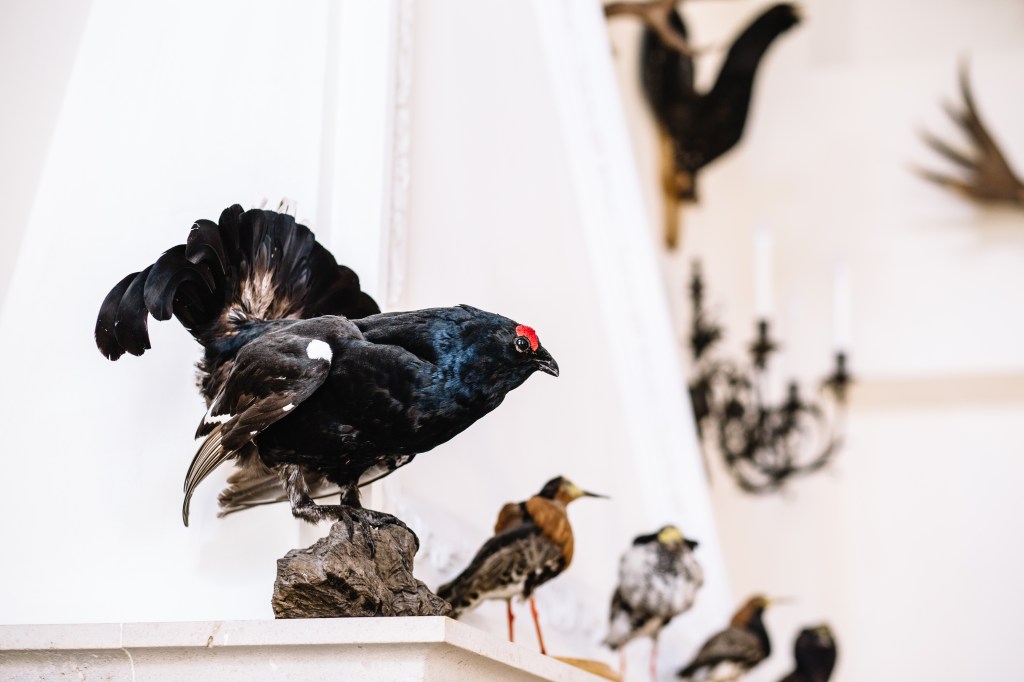
The Importance of Proper Care in Taxidermy
Maintaining and preserving taxidermy is crucial to retain its value and appearance over time. Proper taxidermy care involves several key steps to preserve and maintain its good condition for many years.
Taxidermy care and preservation
One of the most crucial aspects of maintaining taxidermy is regular cleaning to keep the surface free of dust and debris. However, this process must be done carefully, using a soft brush or cloth to avoid damaging the delicate materials. Additionally, it’s essential to maintain a stable environment with controlled humidity and temperature to prevent the taxidermy from deteriorating over time. Ensure a proper taxidermy mount when displaying.
Direct sunlight from UV rays can cause fading and degradation of the colors and materials, so displaying, hanging or storing the taxidermy in an area that receives indirect light is important. Handling the pieces carefully is also crucial, as rough handling can cause damage to fragile structures. Periodic checks for signs of infestation or damage can help take timely action to preserve the integrity of the taxidermy.
When preparing specimens, the method used and the primary value of the specimen will influence the choice of properly handling, storage, and display techniques. For example, using buffered paper storage containers may alter the chemical composition of plant material, which could be insignificant in some collections but critical in a collection primarily used for scientific research.
Proper storage is another critical aspect of preserving taxidermy. It’s essential to store the pieces in a cool, ventilated, and dry area, away from moisture and pests. Avoid storing in areas that are susceptible to changes in temperature. Airtight containers, compressed air, or bags can help prevent dust and debris from settling on the surfaces. Make sure that the taxidermy is mounted correctly and that its mount is secure.
Preserving taxidermy requires a customized approach, as there is no one-size-fits-all solution. However, adhering to specific guidelines can assist collectors and enthusiasts in maintaining the worth and appearance of their treasured items for decades to come. By properly maintaining preservation and upkeep, collectors and enthusiasts can guarantee that their taxidermy pieces remain in the best possible condition.
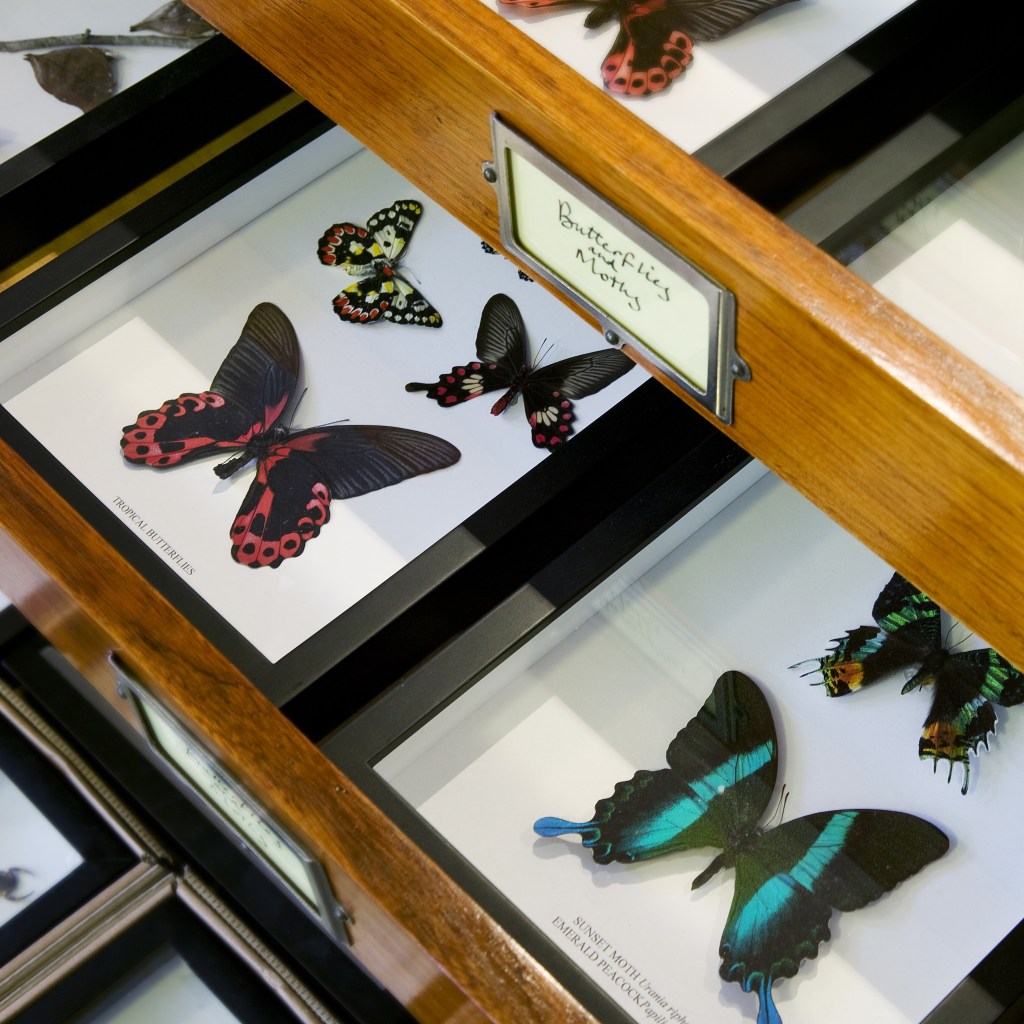
Notable Taxidermy Collections
Exploring the world’s most impressive taxidermy collections offers a unique glimpse into the diversity and complexity of nature. From the largest mammals to the tiniest insects, taxidermy collections can provide a fascinating and educational experience for those who are passionate about nature and its wonders.
Taxidermists are professionals who preserve and display animals respectfully and insightfully, giving us a glimpse into the beauty and complexity of nature that we may not have had before. Some people choose to use taxidermy mounts as hunting trophies, while others prefer displaying them in a natural direction. Interestingly, artistic taxidermists aim to capture the beauty of nature and often include painted backdrops as part of their displays. Interior decorators also use taxidermy in their designs.
Famous collections
Taxidermy has become increasingly popular as the stigma around it lessens. Harriet Norton, a modern taxidermist, combines animals with neon lights, making it highly sought after.
Older pieces by well-known taxidermists are equally valuable and collectible. One such master is Tony Armitstead, a taxidermist operating from Darlington, Co Durham. Armitstead be
longs to the “North East School” of taxidermy, and his work encapsulates various anthropomorphic traits from renowned late Victorian artists such as Rowland Ward, Peter Spicer, and Henry Murray. Prices for his work are likely to increase as his name becomes better known.
Rowland Ward is one of the most famous British names in taxidermy, and his work is generally of the highest quality, easy to identify, and carries contemporary standards of beauty. As such, collectors seek pieces by Ward. Rowland Ward was an expert in creating replicas of extinct birds, including the moa, great auk, and the dodo. The replica dodos produced by Ward were based on 17th-century paintings and plaster cast models from surviving feet and head specimens.
Museum collections
Exploring the world’s most fascinating museum collections offers a unique window into our planet’s natural history and biodiversity.
The Oxford University Museum of Natural History houses an impressive collection of specimens, the largest non-national UK museum. Among its highlights is a mummified foot and head of an extinct dodo.
The Grant Museum of Zoology is the only remaining zoological museum in London. It was founded in the 19th century by Robert Grant and is a quintessential Victorian collection of specimens and preserved objects in jars.
Private collections
The Natural History Museum houses the private collection of Walter Rothschild – the most extensive zoological collection amassed by a single individual. This museum first opened in 1892 and features an array of exhibits ranging from extinct mammals to birds and natural curiosities.
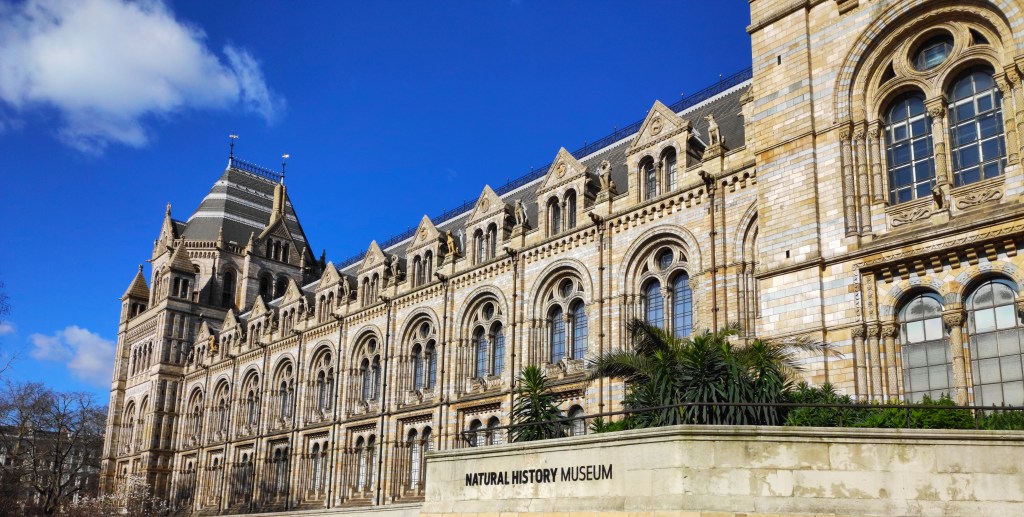
Legal Considerations in Taxidermy Collecting
Navigating the intricate landscape of taxidermy requires a deep understanding of local laws and international regulations, particularly those by the Convention on International Trade in Endangered Species of Wild Fauna and Flora (CITES). These legal frameworks are designed to ensure that the collection and display of taxidermy specimens are conducted ethically and sustainably, safeguarding biodiversity.
Adhering to these regulations is crucial for collectors and enthusiasts alike, as it helps conserve endangered species and ensures that individuals remain in the right sight of the law. Ethical collecting practices emphasizes the importance of respecting wildlife and contributing to its preservation for future generations.
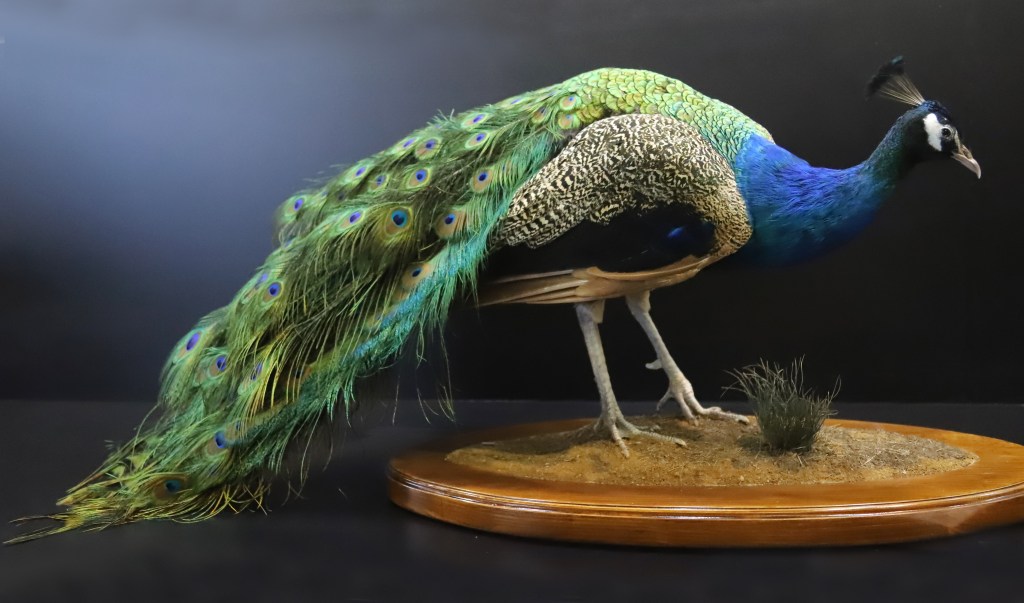
Insuring Your Taxidermy Collection
Understanding the importance of insurance for taxidermy collections is crucial for collectors seeking to protect their valuable items. When looking for a policy, it’s essential to find one that covers the unique aspects of taxidermy, such as damage from environmental factors, theft, or accidental breakage. A comprehensive policy should offer coverage that reflects the current market value of the collection.
Collectors should also look for insurers who have experience with art or collectibles insurance, as they are more likely to understand the specific needs of taxidermy collections. Additionally, considering policies that include restoration coverage can be beneficial, as it helps ensure that any damaged pieces can be professionally restored.
By carefully selecting the proper insurance, collectors can safeguard their investments and enjoy their collections with peace of mind.

FAQ Section
What makes a taxidermy piece valuable?
A: Factors include the rarity of the specimen, the quality of the taxidermy work, historical value, and its condition.
How do I maintain my taxidermy collection?
A: Regular dusting, avoiding direct sunlight and humidity, and periodic checks for signs of deterioration or pest infestation.
Are there legal restrictions on collecting taxidermy?
A: Yes, certain species are protected under international laws like CITES, requiring specific documentation to collect or trade.
Sources
https://www.vagabondesss.com/this-is-the-largest-one-man-taxidermy-collection-in-north-america/
https://sportsafield.com/2023/great-museum-taxidermy-collections/
https://www.canada.ca/en/conservation-institute/services/preventive-conservation/guidelines-collections/natural-history.html
https://www.venturenorthoutfitting.com/2017/05/01/taxidermy-collection/
https://www.nhm.ac.uk/discover/why-is-taxidermy-still-valuable.html
https://antique-collecting.co.uk/2020/07/14/taxidermy-the-ultimate-guide/

